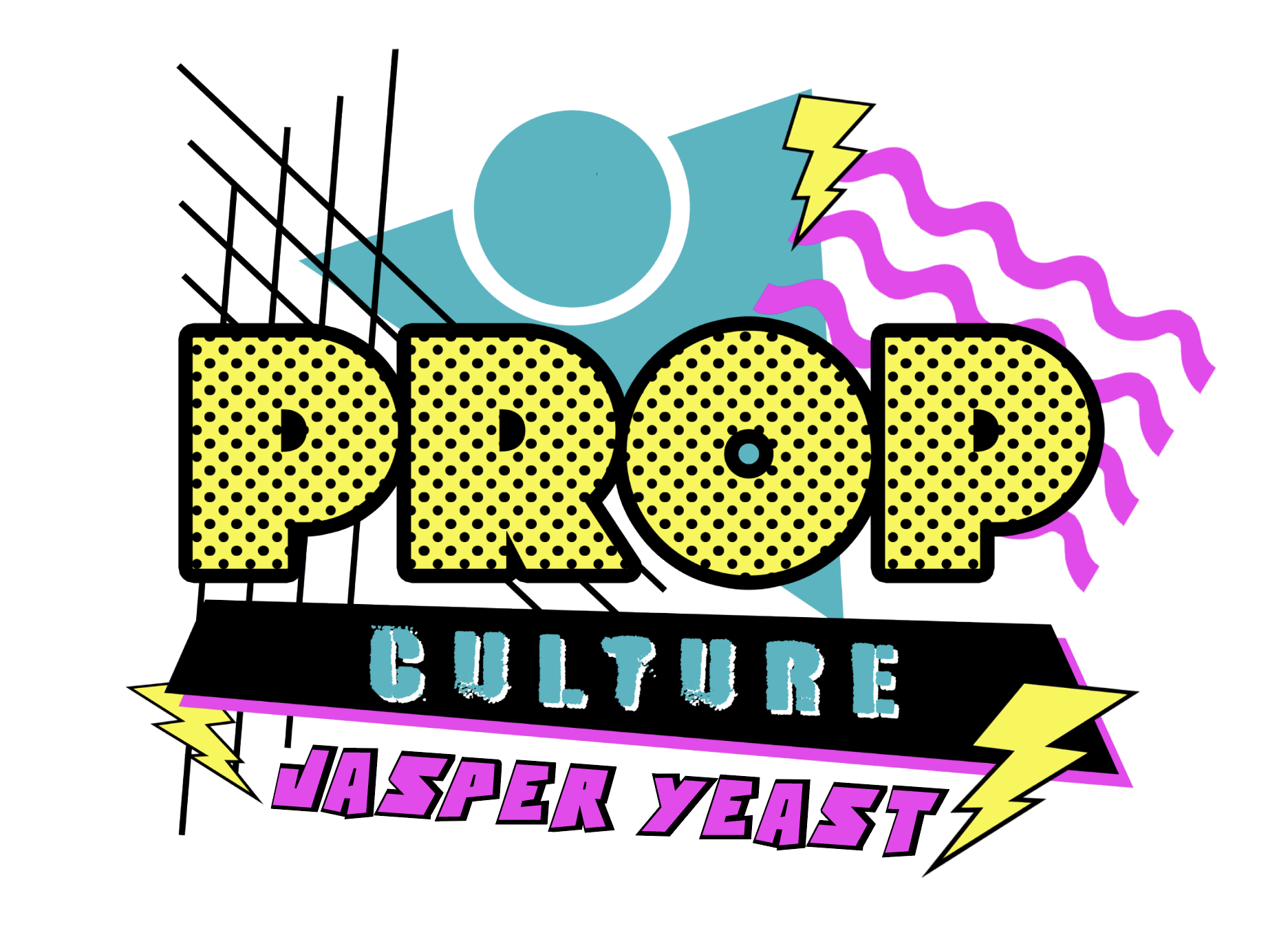
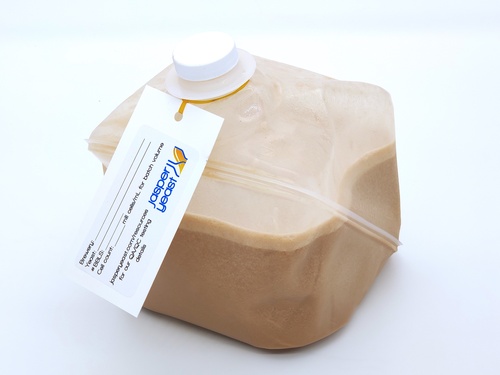
The advantage of liquid yeast
At Jasper Yeast we believe strongly in liquid yeast and have summarized the benefits of liquid over dry in this post. We are not arguing that dry yeast is bad. We think it is not always the best choice.
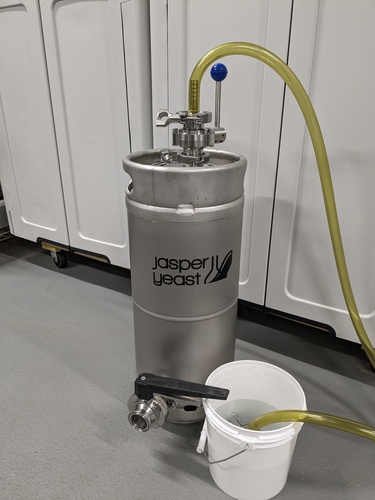
How to maintain high viability in stored yeast
Congrats! You have successfully harvested yeast into your brink. Now we will outline the best practices for feeding and storing your yeast to ensure the highest possible viability.
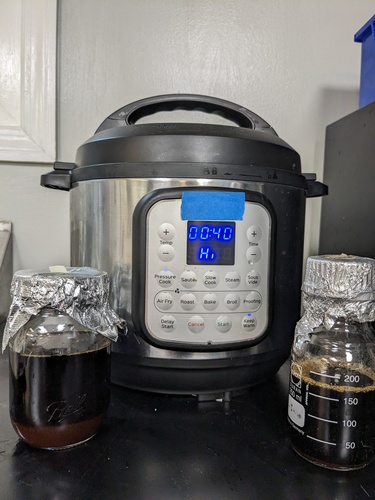
How to DIY your own Yeast Feeders
We ship a small bottle of autoclaved media to feed yeast pitch for every order. Below we'll detail how you can make your own yeast feeders with wort from your kettle.
Why learning to brew great lagers will make your IPAs (and other beers) even better
First I brewed a bunch of ales for six years. Then I focused on brewing lagers for the next six years. The result? My ales improved in quality. Below is a general discussion on why prioritizing lagers will improve every beer on tap.
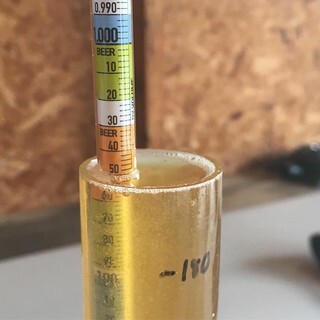
Troubleshooting 101- Forced Fermentations
This is a first in a series of articles that will help new brewers isolate and troubleshoot potential issues, resulting in a stalled fermentation. These notes can provide a refresher course for more seasoned brewers as well.
Troubleshooting -Resuspending Yeast
If fermentation slows or never takes off, it's possible the yeast has prematurely dropped out of suspension and needs to be resuspended. "I bubbled CO2 from the bottom of the tank" is a common note from brewers. While this can work on occasion, bubbling CO2 does not effectively resuspend yeast compared to other techniques.
Troubleshooting- Casting Out at the Right Temperature and closing off your lowest glycol jacket
You're brewing a lager, but your glycol chiller is underpowered and you can't cast out into the fermenter below 60F. This is not ideal. Here's why.
Our Thoughts on the Brewing Industry Heading into 2024
With 2023 coming to a close, the team at Jasper Yeast is already looking ahead to 2024 and making some predictions based on current trends.

Storage and Re-use of yeast
Liquid yeast is perfect to be reused. To JasperYeast customers, we offer a 5 gallon stainless steel brink for $150. This brink enables you to store and feed your yeast in an easy and sanitary way. The brink comes with tri-clamp connectors, but for a small amount extra it is possible to add DIN adapters. In this leaflet we explain how to use the brink.
Troubleshooting 101- slow or sluggish fermentation and the pH drop
It has been nearly 24 hours since you brewed and pitched your yeast, but you're still seeing few signs of active fermentation. Below is a list of what you should be testing, and options for speeding up active fermentation.

Sulfur compounds and their role in classic lager production
Sulfur compounds have historically received a bad rap within the craft brewing community. This article discusses how small amounts of sulfur compounds can add depth, body, and character to classic lager styles.
Adjusting Sulfur Production in Beer
Sulfur Production in Lagers (and other styles)
While it's generally desirable to minimize sulfur production in lagers to avoid off-flavors, there are specific circumstances where increasing sulfur levels might be beneficial. Here are some methods to consider:
While it's generally desirable to minimize sulfur production in lagers to avoid off-flavors, there are specific circumstances where increasing sulfur levels might be beneficial. Here are some methods to consider:

